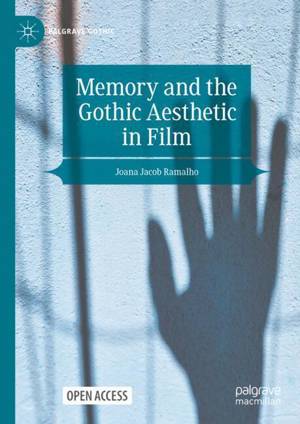
- Afhalen na 1 uur in een winkel met voorraad
- Gratis thuislevering in België vanaf € 30
- Ruim aanbod met 7 miljoen producten
- Afhalen na 1 uur in een winkel met voorraad
- Gratis thuislevering in België vanaf € 30
- Ruim aanbod met 7 miljoen producten
Omschrijving
This open access book defines the cinematic Gothic as an aesthetics of memory and exile. Guided by three intersecting concepts - memory, travelling, and touch - it suggests that the cross-border movements of exiles, émigrés, and professional travellers had a crucial impact on the emergence, development, and dissemination of the Gothic. This approach expands the canon to overlooked films, filmmakers, and national traditions. Drawing on film, memory, and gothic studies, the book urges the reader to think across other disciplines, including phenomenology, neurology, cognitive neuroscience, and disability studies. From hands to pianos, accordions, gloves, amnesia, and wounded bodies, the volume proposes a reappraisal of the Gothic by redrawing its scope, retracing its origins, and refocusing attention on surfaces as sites of socio-political meaning.
Specificaties
Betrokkenen
- Auteur(s):
- Uitgeverij:
Inhoud
- Aantal bladzijden:
- 281
- Taal:
- Engels
- Reeks:
Eigenschappen
- Productcode (EAN):
- 9783031736278
- Verschijningsdatum:
- 29/11/2024
- Uitvoering:
- Hardcover
- Formaat:
- Genaaid
- Afmetingen:
- 148 mm x 210 mm
- Gewicht:
- 508 g

Alleen bij Standaard Boekhandel
Beoordelingen
We publiceren alleen reviews die voldoen aan de voorwaarden voor reviews. Bekijk onze voorwaarden voor reviews.











